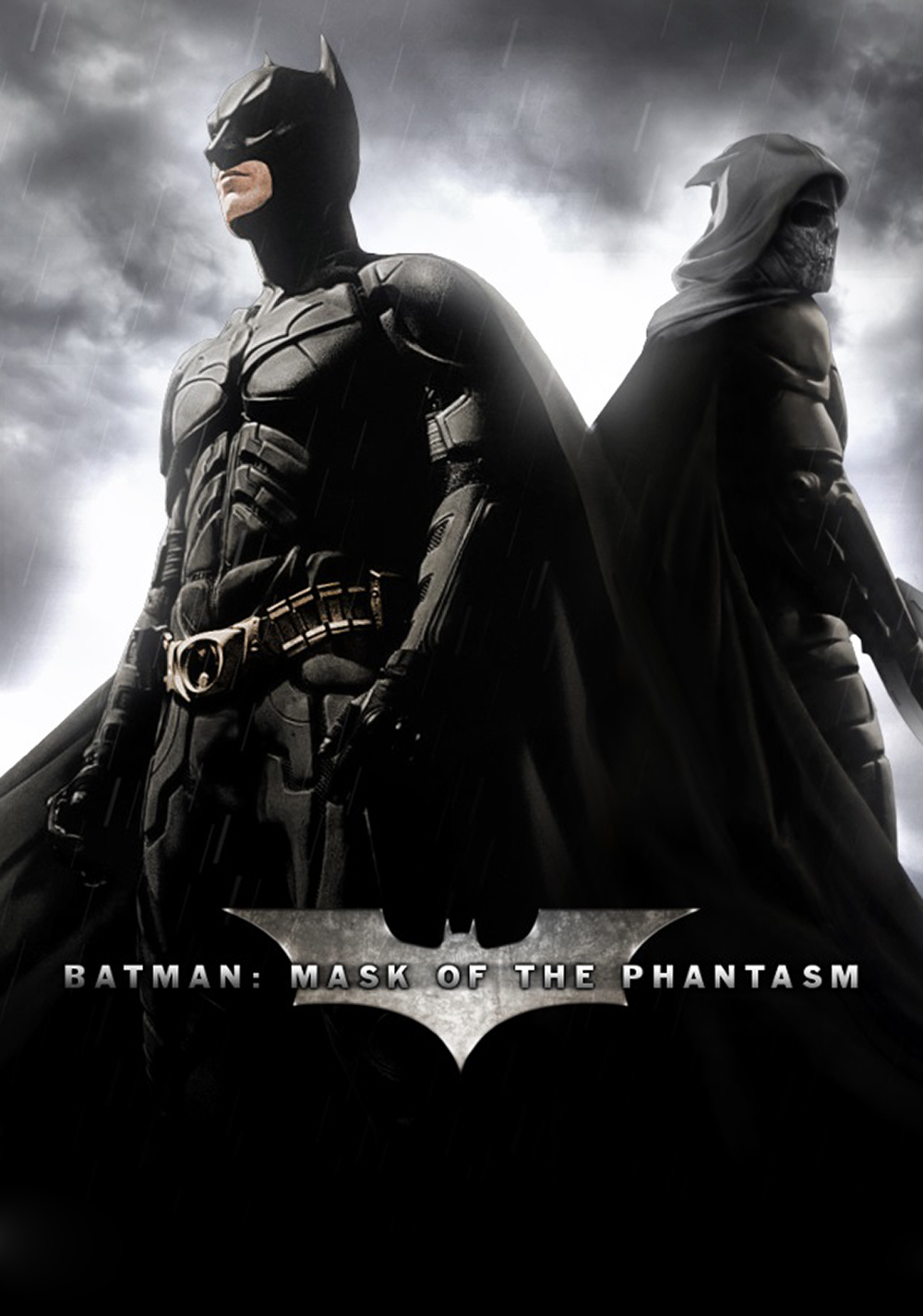

Many early fans of the musical were also fans of Michael Crawford, the actor who originated the role of the Phantom. The characteristics of the fandom formed at that period which continue to be staples of it to this day are the fannish focus on the character of Erik, perception of The Phantom of the Opera as a romance rather than mystery or horror and the popularity of the Erik/Christine pairing. Webber's adaptation was incredibly popular and pretty much kickstarted The Phantom of the Opera fandom. While it used Leroux's book as a base, it made a lot of significant changes, one of them being to make the Phantom's personality and his deformity much less extreme than in the book thus turning him into more mysterious, attractive and sexual figure, which led to the intense romanticization of him by the fans of the musical. a lot of text about Raoul and Carlotta was cut out, making their characters look less fleshed out.) The MusicalĪndrew Lloyd Webber's musical, made in 1986, is the adaptation that probably influenced both public perception of the Phantom story and the POTO fandom the most. The most widely available translation of the book, made by Alexander Teixeira de Mattos in 1910, is heavily abridged, which might have influenced the perceptions of the story by the early phandom (e.g. It can be said that it has grown in popularity with time: while the early fandom was more centered around Webber's musical and later around Schumacher's movie, a lot of the Phantom of the Opera fanfiction written in the 2010s is based on the novel or at least has some elements of it. It's rarely the version that draws fans into the fandom, but it's still one of the most popular and well-respected ones. The Phantom of the Opera by Gaston Leroux is the original Phantom story.

Phantom of the Opera fandom rarely uses portmanteau names for pairings, though there are some exceptions like "Pharoga" and "Megstine". There are also nicknames for other Phantoms that don't follow this rule (Rat Phantom for the Argento's movie, Bird Phantom for Phantom of the Paradise). Fannish nicknames, often used to discern between Eriks from different adaptations, usually are formed by adding the first letter from the name of the author (Lerik for Leroux's book, Kerik for Kay's book) or the actor who played Erik (Gerik for Gerard Butler's Phantom, Cherik for Charles Dance's). Crossovers and fusions with the Phantom of the Opera are particularly popular in comic books, including Tarzan/Phantom of the Opera comic, a Sherlock Holmes/Phantom of the Opera comic (there are also book crossovers of those two fandoms), a fusion with Donald Duck (The Phantom of Notre Duck, 1965) and so on.Ĭrossovers, fusions and "Phantom of the Opera AU" also can be found in fanfiction based on other fandoms, most often other musicals.Ī very old feature of Phantom of the Opera's fanspeak is replacing "f" in fandom-related words with "ph" (after "Phantom"): phandom, phic, phan. Examples include: Batman, in Batman: Masque (1997) by Mike Grell The Simpsons, several episodes of which have the Phantom as a character the MacGyver episode Cleo Rocks, which is pretty much a fusion with Murdoc as the Phantom. The Phantom of the Opera often features in crossovers with other works of fiction. Love Never Dies, Webber's sequel to his 1986 musical.1990 miniseries starring Charles Dance and based on Arthur Kopit's and Maury Yestons' musical Phantom.

BATMAN VILLAIN PHANTOM OF THE OPERA MASK MOVIE
The 1989 horror movie with Robert Englund as the Phantom.Phantom of the Paradise, 1974 cult classic.The Phantom of the Opera silent film made in 1925, that still stays one of the most faithful adaptations of the novel, despite the changed ending.



 0 kommentar(er)
0 kommentar(er)
